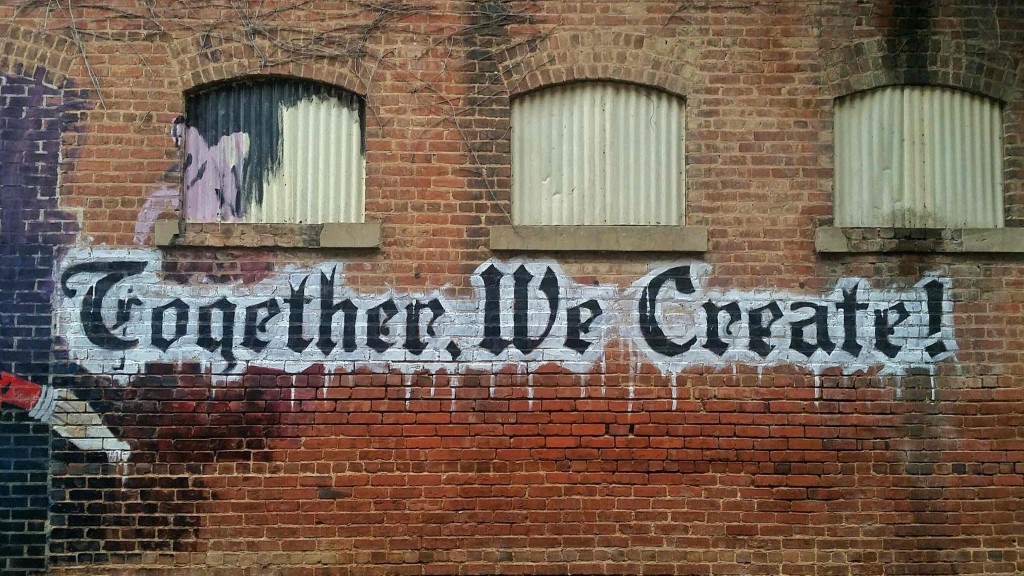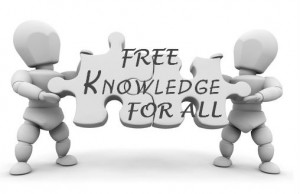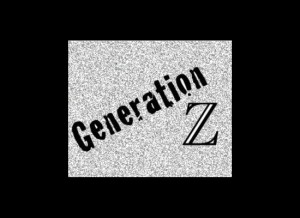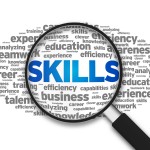As a professional, you have a level of expertise that is unique to you. No two people share the exact same body of knowledge. Once you acquire knowledge and continue to deepen it through higher education or certifications, it is important to share that knowledge with others.
Workloads and responsibilities continue to escalate in the workplace today. Help to shorten other people’s learning curves by openly and readily sharing information.
How do you do it? Here are a few behavioral shifts that can help you to actively share your knowledge with others:
Develop a mastermind group. During my mid-career years, I began meeting with a mastermind group (and have participated in several others since then). This choice made all the difference in my professional growth, because we learned from each other. For a primer on the topic, read my article about mastermind groups.
Mentor. One of the most fulfilling experiences in my career has been mentoring young professionals just beginning their careers. Before I mentored them, I gained valuable advice from my own mentors. Mentoring is one of the most powerful one-on-one relationships you can establish – and benefit from – in your career. Who could you approach as a mentor? Who could you help as a mentor?
Find a goal buddy. Meet with a colleague who you can trust to openly share your career goals. My colleague, Susan, and I have been meeting quarterly for nearly 20 years! We learn a great deal from each other, share information and resources, and keep each other on track. Who could you partner with?
Teach. There is no better way to retain knowledge and remain “fresh” in your chosen field than teaching. When you teach others, you deepen your understanding of the topic. What in your life have you mastered that you could teach to others?
Coach. Coaching has become a modern staple in the business world today. More and more, supervisors are expected to manage and coach their teams. Read my primer article on executive coaching.
Share transformational books with others. One of my longtime clients encourages his management team each year to read several best-seller books on appropriate topics like leadership, communication, or teamwork. The team openly discusses content at monthly meetings. This simple act creates a collaborative mindset in the workplace.
Transfer knowledge. Companies are investing more resources in knowledge management methods to ensure that the collective knowledge in a company, division, or department remains intact even while employees come and go. What is the collective wisdom in the area you manage? How are you capturing and managing that knowledge?
Share knowledge. People who share their knowledge with others position themselves as people who want others to succeed. Don’t be stingy with your expertise. Who can you share your knowledge with? How much better could they perform their jobs with additional information?
Shift from knowledge to wisdom. Wisdom comes from gaining important lessons from your lived experiences and applying that wisdom to future lived experiences. An Aboriginal saying wisely states, “The more you know, the less you need.”
When you create a framework of sharing and managing knowledge, and encouraging and modeling open communication, you will earn the reputation of creative collaborator with senior management, your team, and peers across your organization.










